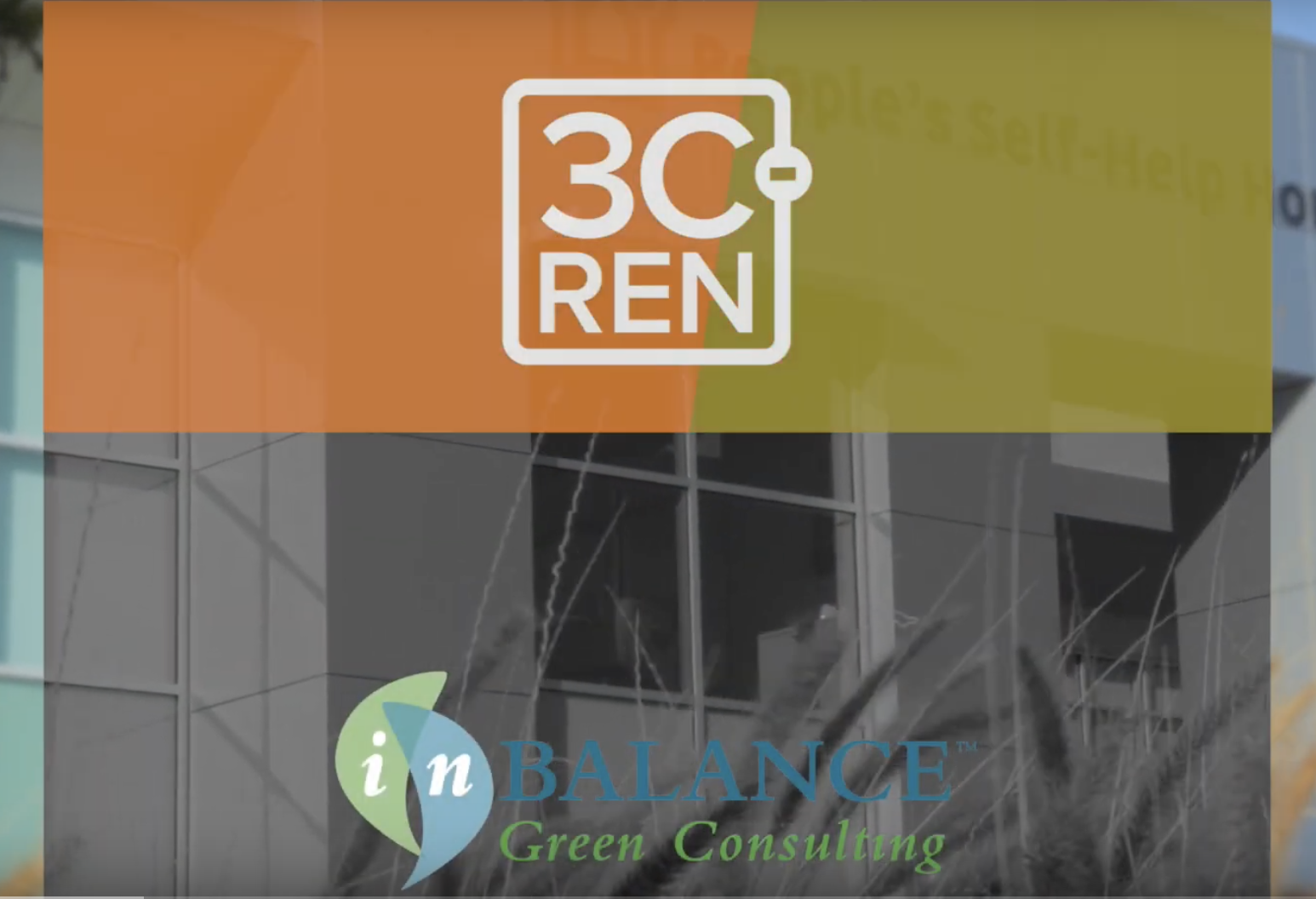Gaps can also occur at the top of the cavity, either if insulation isn’t installed correctly or if it slumps over time. The gap at the top of a cavity is concerning as moist interior air could come into contact with a cold exterior wall, causing condensation. Condensation, of course, could lead to mold growth and health concerns.
Tips for getting the best fit
Interested in getting the best performance from your insulation? Here are few tips to consider:
· Include a Quality Insulation Installation (QII) HERS verification as part of your project. QII applies to residential and non-residential projects, as well as new construction or alterations and covers air sealing as well as insulation.
· Don’t just leave it to the Title 24 report - add notes to your construction drawing indicating expectations for a QII-level of installation.
· Whether you are the owner, architect or builder, require a meeting with the insulation subcontractor prior to the start of work and communicate expectations at that time. Trouble-shoot difficult areas and discuss the company’s own quality-control process and employee training program.
· Consider using a blown-in cellulose or similar product that fills the cavity more easily.
Looking for more information about appropriate insulation implementation? Check out the Quality Insulation Installation (QII) Handbook, developed by CalCERTS, Questions on energy performance or Title 24 energy compliance? Reach out.







